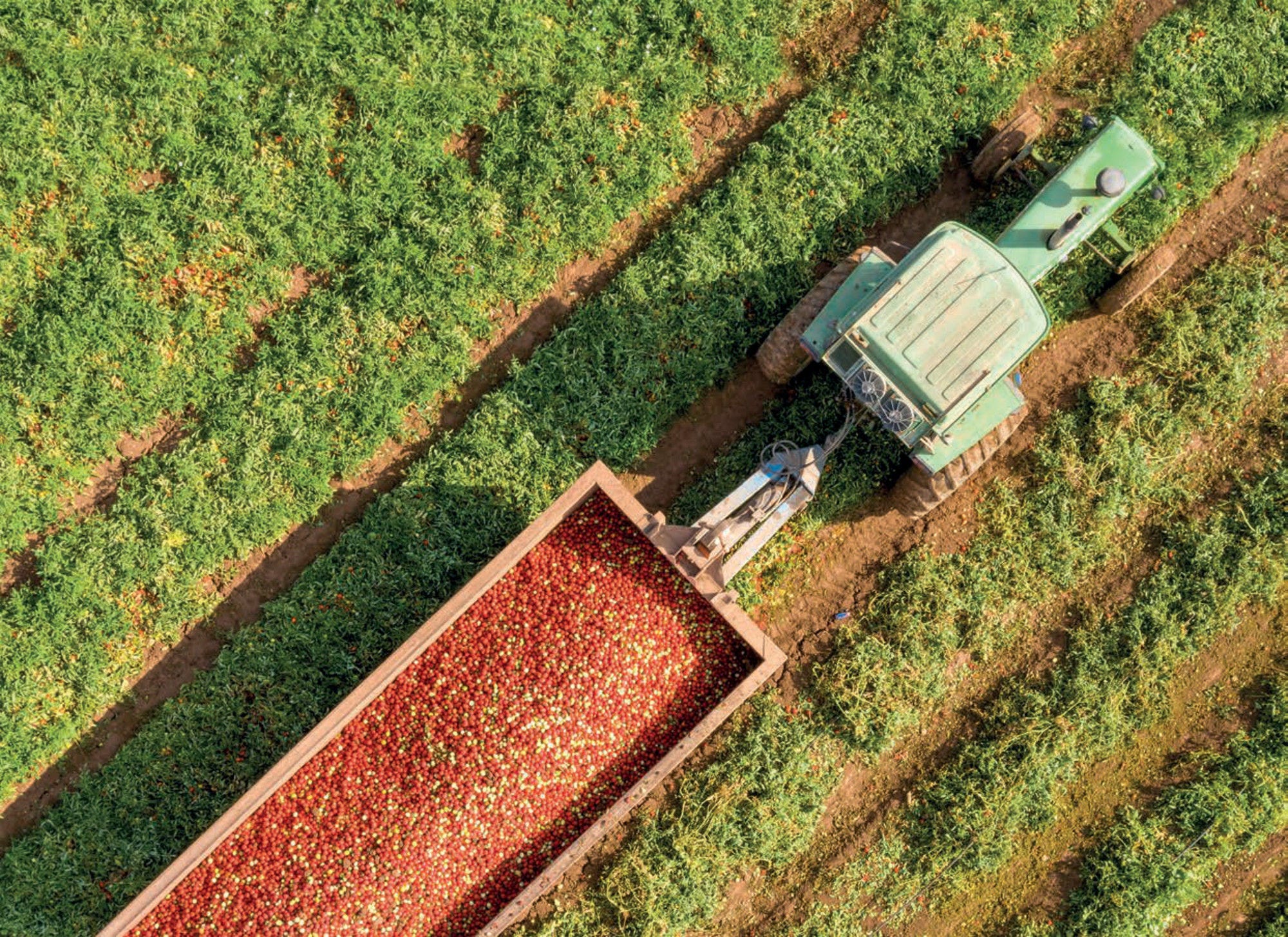Total support to agriculture (TSE) in OECD countries1 represented USD 329 billion (EUR 289 billion) per year on average in 2018-20 of which 73%, or USD 240 billion (EUR 211 billion), was provided as support to producers individually (PSE). Producer support represented 18.2% of gross farm receipts (%PSE) in 2018-20 across the OECD area, a decline from around 28% in 2000-02 and more than 35% in 1986‑88 (Table 2.1).
The way support is delivered to producers also evolved. In particular, the long-term decline of support based on commodity output (including market price support and output payments) characterises the evolution of support to agriculture in the OECD area. OECD work identifies this as having the strongest potential to distort agricultural production and trade together with payments based on the unconstrained use of variable inputs, which slightly increased across OECD countries compared to the beginning of the millennium.
At the other end of the spectrum in the PSE classification, some countries apply significantly less-distorting forms of support, such as payments based on parameters not linked to current production, or based on non-commodity criteria such as land set-aside, or payments for specific environmental or animal welfare outcomes. Most notably, payments based on historical entitlements (generally crop area or livestock numbers of a given reference period in the past) increased in many OECD countries in the last two decades, representing some 4% of gross farm receipts (GFR) and about 22% of the PSE during 2018‑20. Payments based on current crop area and animal numbers remain largely unchanged compared to 2000‑02, and represent around 21% of total producer support (Table 2.1).
Expenditures financing general services to the sector (GSSE) increased (in nominal terms) in the OECD area from USD 37 billion per year in 2000-02 to USD 44 billion in 2018-20. However, relative to the size of the sector, expenditures for general services declined from more than 7% of agricultural gross value-added to less than 6% suggesting that these expenditures did not keep pace with sector growth. In 2018-20, most of this went to infrastructure (USD 18 billion), a slight increase compared to 2000-02, and agricultural knowledge and innovation (USD 14 billion), an increase of 70%. Expenditures for inspection and control services more than doubled, while spending for marketing and promotion remained around the same and public stockholding declined substantially over the same period. But all of these represented smaller shares of the GSSE expenditure (Table 2.1). Total support to agriculture as a share of GDP declined significantly over time.






